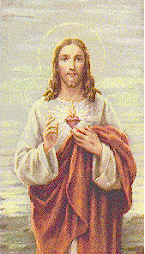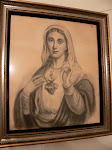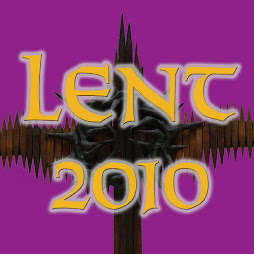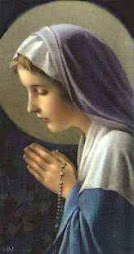.
Agnes was martyred at the beginning of the 4th century under the Roman Emperor Diocletian. She was 12/13 years old, marriagable age, actually. Agnes chose to keep her body pure rather then allow it to be taken advantage of sexually by perpetrators.
She remain a virgin.
One of the least understood aspects of Catholic teaching is the value it places on consecrated virginity, so the feast of St Agnes, who died a virgin martyr is a good day to reflect on it.
First of all, let us be clear what we are talking about. St. Augustine points out that the whole Church is virginal by virtue of the integrity of her faith and love. She alone is the one true Bride of Christ.
The consecrated virgin is a sign and symbol of this ecclesial reality. That is why the individual is ordinarily admitted to the state of consecrated virginity by the bishop of the diocese to which she belongs.
If you were to read through the Rite of Consecration, and the ancient prayer which is its constitutive element, you will notice similarities with the ordination of a deacon. That is no accident. The consecrated virgin may or may not have a secular job, but her commitment to prayer and works of charity within the diocese is her essential work. The Catechism sums this up as a ‘vocation to prayer, penance, and the service of her brethren’. (CCC 923)
The consecrated virgin may be a member of a religious communnity, but not necessarily.
As you can see in the stained glass picture above, Agnes is most often pictured with a Lamb. Her name, Agnes, comes from the Latin word, Agnus, meaning "lamb". As the Lamb of God, Jesus, gave His life in sacrifice for us all, so Agnes gave her life in sacrifice to Him.
.
Monday, January 21, 2013
Subscribe to:
Post Comments (Atom)





























No comments:
Post a Comment